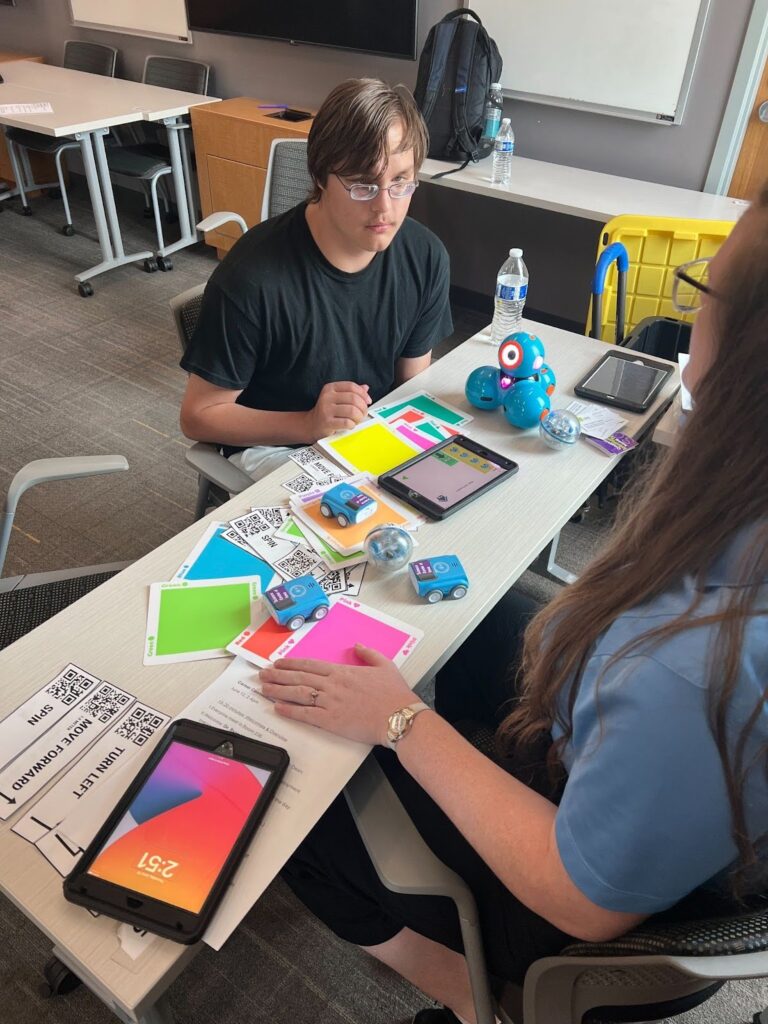3 Tips… On how your face speaks volumes

Bill Graham teaches people how to communicate better.
Graham, an adjunct professor at Seton Hall University in New Jersey, has taught actors, worked with politicians and recently spoke in Des Moines.
Before he could teach others, he had to teach himself.
Six weeks into a job working on soap opera sets with Procter & Gamble Productions, he was told that he wasn’t very likable. Graham’s wife echoed that by telling him he often looked angry.
Graham took the criticism to heart and taught himself to memorize muscle positions while looking in a mirror; how to raise his eyebrows, smile and generally look like a more pleasant person to be around. It translates into what he and fellow communications guru Arch Lustberg refer to as having an “open face.”
When communicating with an open face, Graham says, you look more likable and more trustworthy. Your voice inflections will put people at ease.
“And it definitely can be learned,” Graham said. He offered these three tips:
1. Open the face:
“The absolute No. 1 thing is look at people like you care. … And that is opening your eyes, lifting your brow and saying, ‘I have no secrets, I just care about you, I want to help you,’” Graham said. Learning to use an open face doesn’t happen overnight, nor is it something that you should try to do for the first time when meeting with a client, he said. Instead, make it something you strive to do throughout the day when you go to lunch, stop for gasoline or see someone in an elevator.
2. Make eye contact:
When giving this advice, Graham connects it back to having an open face. Often people are afraid of eye contact because it can make one or both people in a conversation uncomfortable. That’s especially true when someone has a poker face or “thinking face.” “You don’t necessarily trust me or like me if I’m doing that. … ” he said. “But when you look at them like you care, you can make eye contact without making them feel uncomfortable.”
3. Share how you can help:
People don’t care what you know or what you are trying to sell, Graham says. People want to know how that will help them. A good way to make sure you are conveying that is to answer every question as if the other person is saying, “I want to know how that will help me,” he said. “And when you do that, it changes the nature of your answer.”











